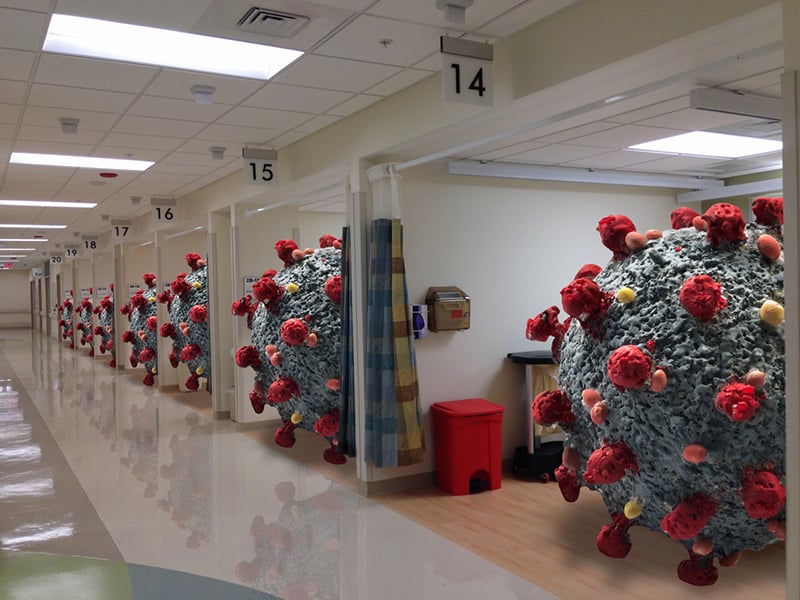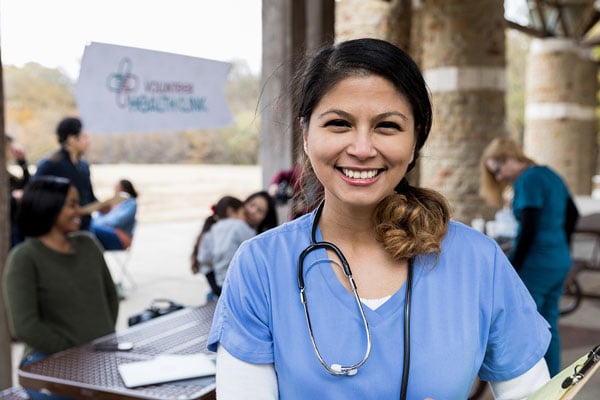A medical student’s quick guide to personal protective equipment (PPE) in the time of COVID-19
Please be aware that:
- Various forms of PPE are indicated depending on the clinical scenario
- As of July 2020, current Centers for Disease Control and Prevention (CDC) guidelines recommend:
- A facemask be worn at all times in a healthcare facility
- Social distancing of at least 6 feet when possible
- When caring for patients with suspected or confirmed COVID-19: Face shield or goggles, N95 respirator, isolation gown, and non-sterile gloves
- Note: N95 respirators should be worn when interacting with patients with suspected or confirmed COVID-19 or during any aerosol-generating procedures such as intubation or cardiopulmonary resuscitation
Examples of commonly worn N95 respirators
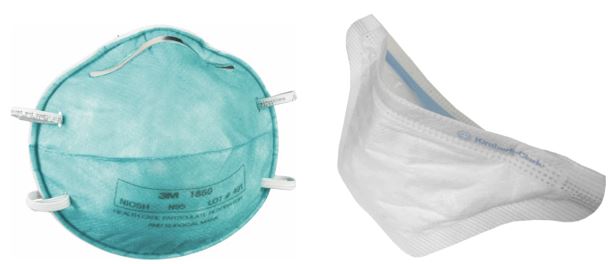
The 3M and Kimberly-Clark N95 respirators are available in regular and small sizes. It is important that you are properly fit-tested prior to use.
You may also see clinicians wearing P100 respirators or Powered Air Purifying Respirators (PAPR) pictured below.
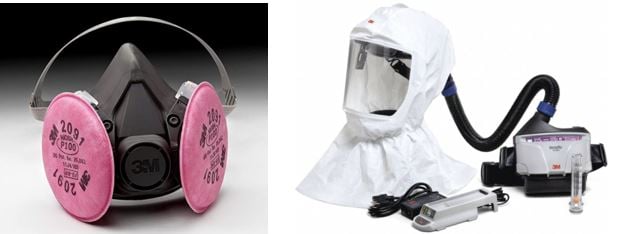
Doning and doffing PPE
- It is extremely important to properly put on (don) and take off (doff) PPE to ensure proper protection and infection control
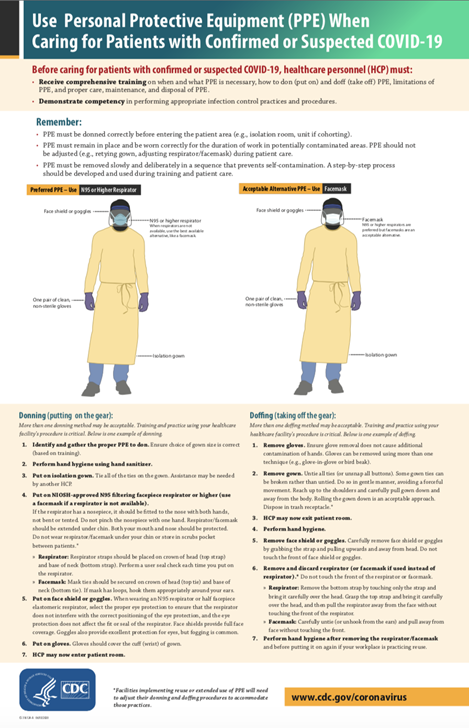
Where can I get PPE?
- Since the beginning of the pandemic, PPE has been in short supply
- GetUsPPE and its regional affiliates provide PPE to healthcare workers
- Follow school and hospital protocol for where and when to request, reuse, and dispose of PPE
Can I see COVID-19 patients as a medical student?
- Students should be aware of their medical school’s guidelines regarding their involvement with suspected or confirmed positive COVID-19 patients
- Guidelines are often dependent on multiple factors (i.e. if the patient is undergoing an aerosol-generating procedure) and are rapidly evolving. Strongly consider reviewing rules and decision algorithms prior to starting a clinical rotation
- Always check with your preceptor if you are unsure about whether to see a patient or what PPE is needed
Below is an example of a decision algorithm for medical students
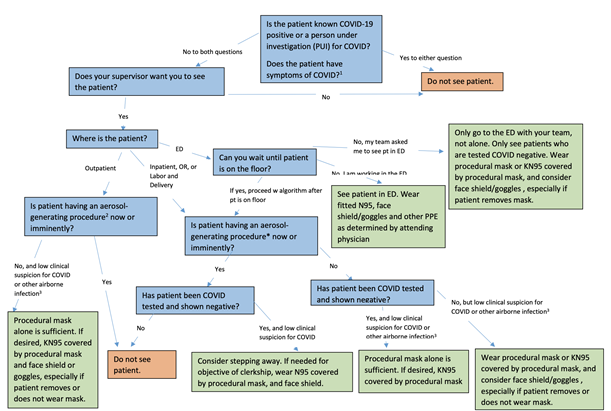
Related Content
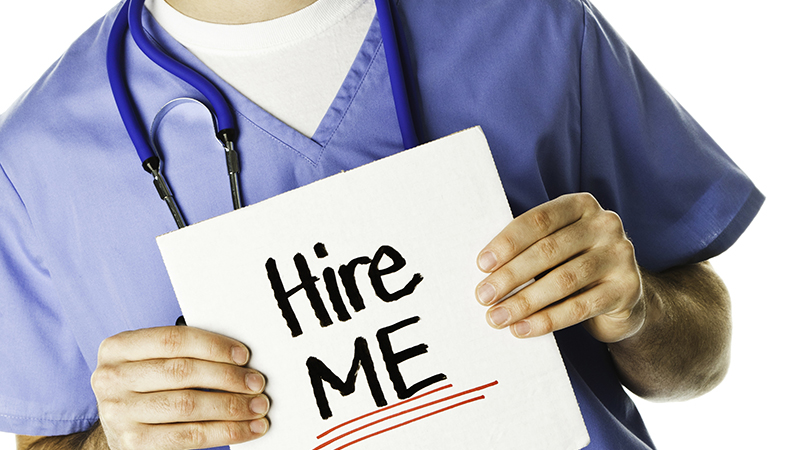
Dec 09, 2020
8 Tips to Finding a Job During a Global Pandemic
A pandemic has introduced the house of medicine to unprecedented numbers of hiring freezes, suspended bonuses, and scaled-back continuing medical education funds and stipends. Add to that looming cuts by CMS. What does a job search look like in these conditions?
